If you are thoroughly confused and wondering what on earth I am talking about, be patient with me! That was a brief background on my experience, with a lot more to come.
First off, WHAT IS IT? Wild yeast is everywhere around us. The white substance on grapes? Wild yeast. Because wild or natural yeast is alive, it is constantly growing and needs to be fed (another post). There are different types of natural yeast. For example, you make beer with one type, and bread with another. There are over 1,000 different varieties of wild yeast. Until the late 1800s, all that anyone used to bake bread was this natural yeast starter or sourdough. After that, commercial instant yeast became popular and natural yeast went out the window for the convenience instant yeast provided. By the 1980s, rapid rise yeast came into play, as did a rise in celiac disease, gluten intolerance, acid-reflux disease, diabetes, and wheat allergies. Interesting.
A natural yeast start is made by combining and fermenting these yeasts (found on grapes, berries, apples, wheat, etc) with water and flour, and then keeping them fed and alive to use in baking. A start is a wet substance, not a powder. These starts can be multiplied, divided, frozen, dried, and kept either in the fridge or on your counter top. By combining the wild yeast with flour and water, an environment is created that allows the yeast to thrive and grow. The yeasts feed on simple sugars found in the flour and break down other harsh things like gluten! “As they feed, they release carbon dioxide, creating bubbles of gas in the starter. This gas (carbon dioxide) is what allows natural yeast to raise bread. You want it to be bubbly, or it won’t raise bread well.
“The slow raising process of natural yeast as many critically important health benefits. Here is what science can prove:
1. Natural yeast slows digestion to help you feel full longer, making it a natural way to eat less.
2. The organic acids produced during natural yeast fermentation lower the glycemic index of bread.
3. Best of all, natural yeast lowers the body’s glycemic response to all carbohydrates. An intriguing 2009 study showed that not only did natural yeast bread lower the glycemic response better than whole wheat bread made with commercial yeast, but the body’s glycemic response also remained lower when eating a meal hours later. No other kind of bread produced the same result.”
(taken from The Art of Baking with Natural Yeast)
Baking with this type of yeast takes time. You have to keep something alive in your fridge . . . which seems weird at first! It also takes a lot longer for the bread to “proof” and to rise before baking. It’s a process that seems daunting, but ends up being well worth the effort and doesn’t take long at all if you realize that you don’t have to do anything during that time, you are just waiting or sleeping or blogging . . . it’s worth it. You mix up some bread, let it sit on the counter all day or overnight, shape it into loaves/rolls/etc., let it rise for a couple of hours, then bake! I have been having an absolute blast over the past couple of weeks making bread, scones, English muffins, and tonight as I type there is a loaf of whole wheat cinnamon raisin bread on my counter cooling off – and smelling heavenly.
Here’s to a lot more information to come and hopefully some natural yeast converts along the way!
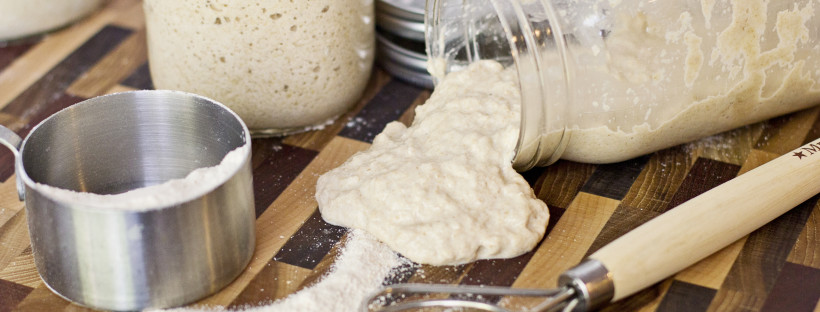
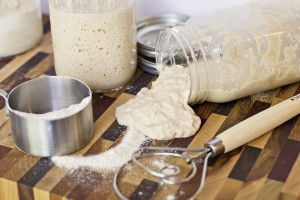
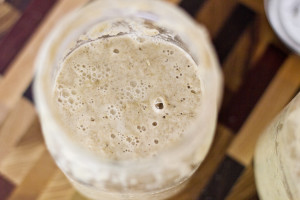
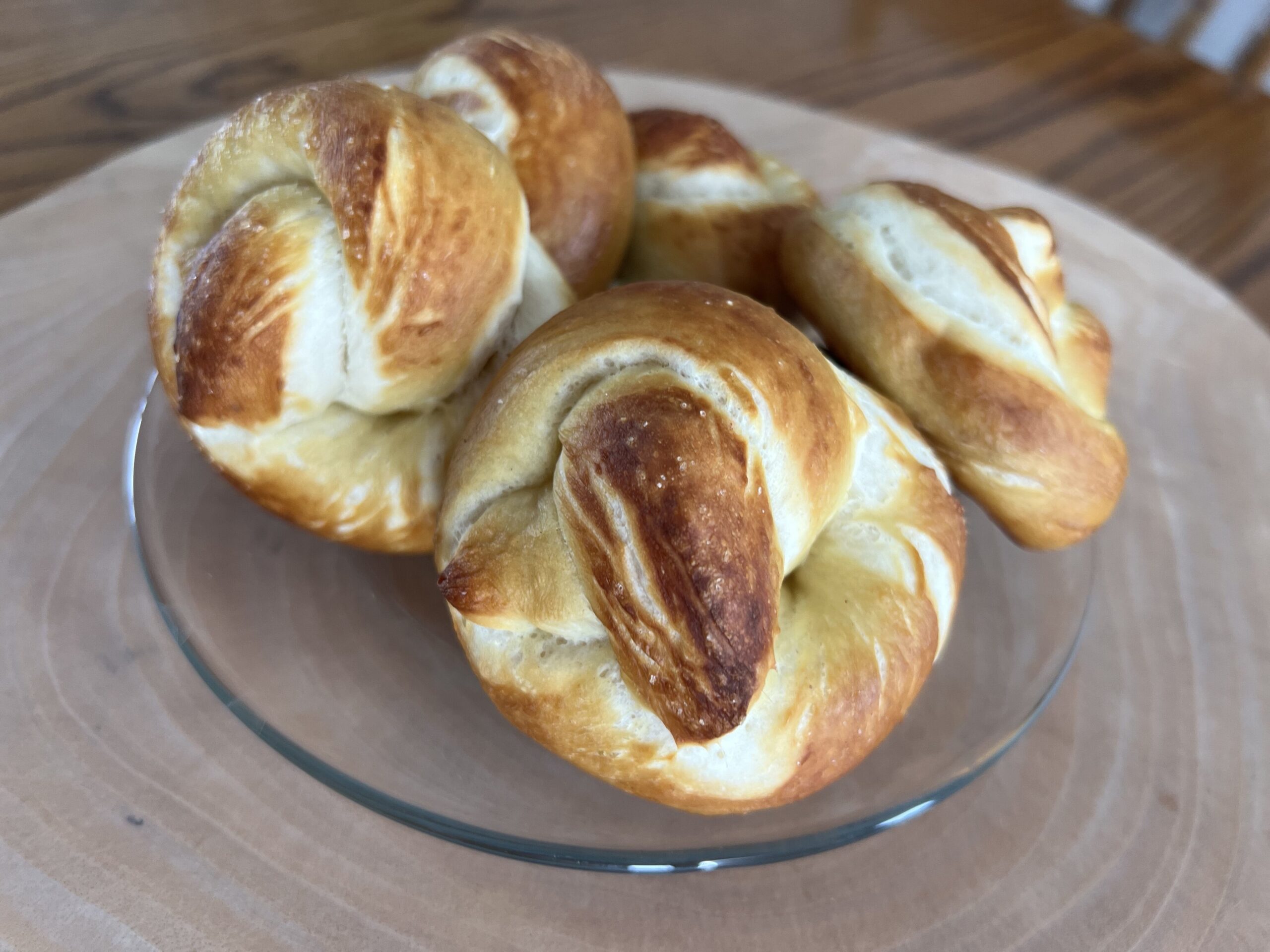


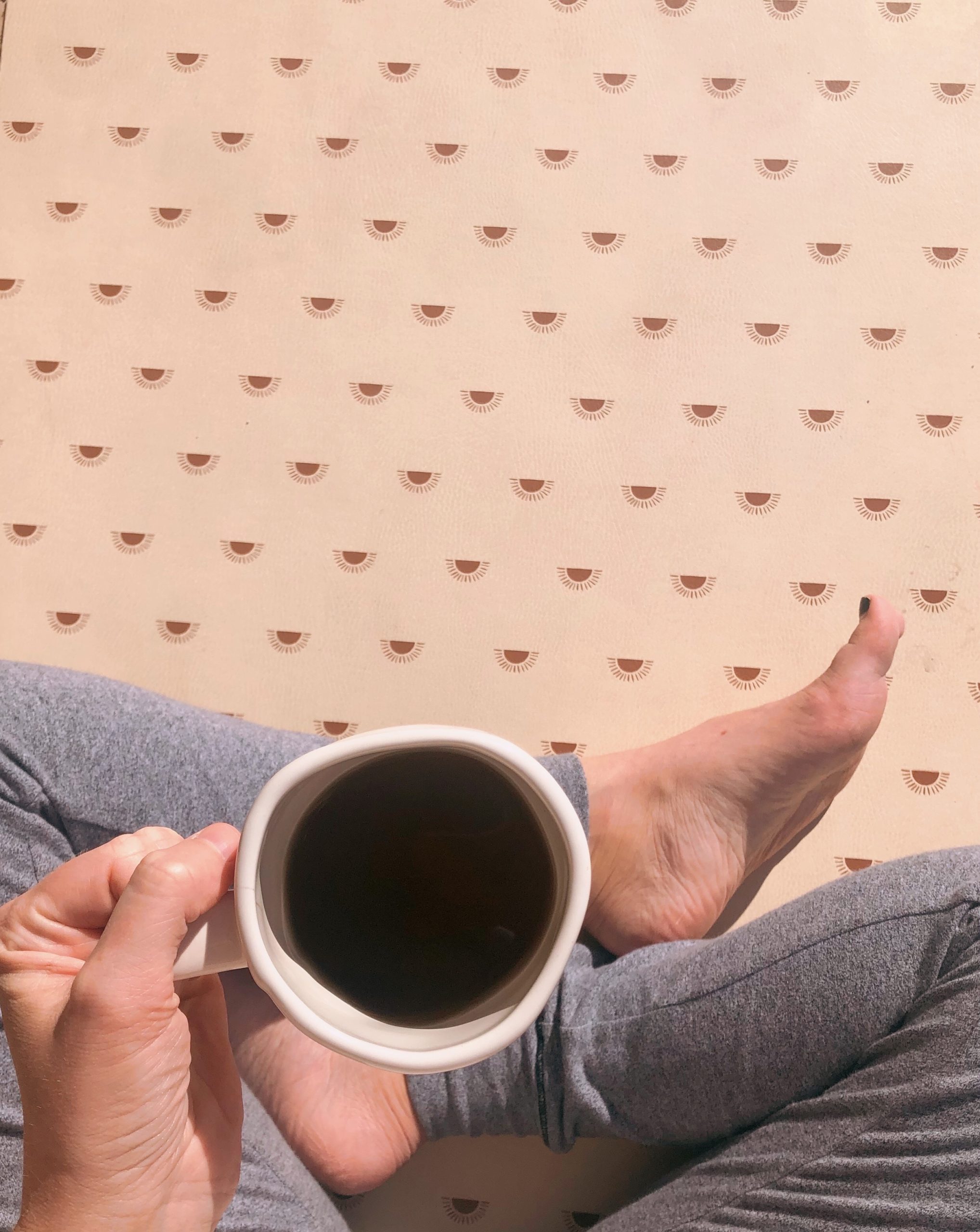

[…] when refrigeration wasn’t even a thought in anyone’s mind. I have touched on this with Natural Yeast, which is the process by which grains are fermented and made more digestible, but that is only one […]
[…] have been using a variation on honey molasses bread ever since I began using natural yeast. We have loved it plain, with cinnamon & raisins, as dutch oven bread, cinnamon rolls, scones, […]
Are there good books or resources that you have found over time that you would recommend reading?
My favorite book for all over health and food philosophy that makes sense to me and where I really got a fire lit under me was “Nourishing Traditions” by Sally Fallon. For just natural yeast, I like Melissa Richardson’s The art of baking with natural yeast . . . it’s got some great information, but I haven’t loved the recipes out of it. So for informational purposes I would recommend it. But I have a lot of that info on my blog anyway. I love the book “The Bread Builders” but it’s hard to find cause it’s old. Also “Tartine” is a good one. . . you could check your local library for some of those!
Thank you for your blog! I have recently become interested in baking more healthy homemade bread for my family and this is exactly what I was looking for. Question: so are “natural yeast starters” and “sourdough starters” the same thing? Thanks in advance!
Hi Kristin!
I am so happy to hear that. I wrote a post answering this exact question:
http://www.simplelifebykels.com/the-difference-between-natural-yeast-and-sourdough/
Hope that helps!